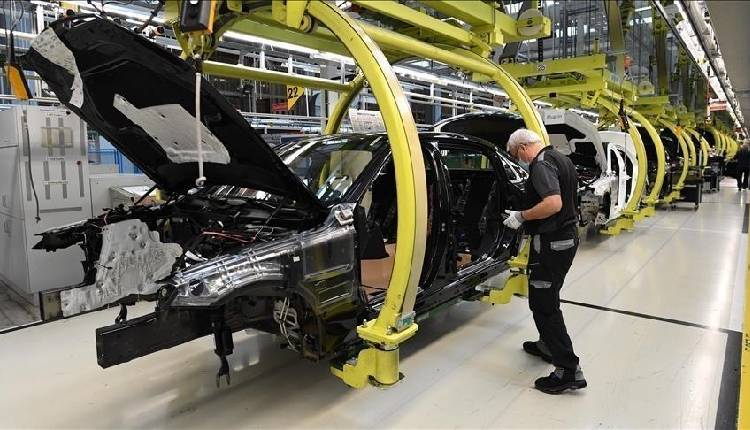German factory orders drop, stalling recovery
Germany’s manufacturing sector experienced a fifth consecutive month of declining new orders in May 2024, with real (price-adjusted) new orders decreasing by 1.6 per cent from the previous month after seasonal and calendar adjustments.
This decline follows a 0.6 per cent drop in April 2024, revised from an initial estimate of -0.2 per cent.
Over the three-month period from March to May 2024, new orders were down by 6.2 per cent compared to the previous three months, a decline partly influenced by a significant large-scale order in December 2023. Excluding large-scale orders, new orders in May 2024 fell by 2.2 per cent from April 2024, and the three-month comparison showed a smaller decline of 0.8 per cent.
In May 2024, the “manufacture of other transport equipment” sector, which includes aircraft, ships, and trains, saw a dramatic 19.2 per cent month-on-month decline in new orders, attributed to a reduced volume of large-scale orders in aircraft construction.
The automotive industry also reported a 2.9 per cent drop in orders. In contrast, the “manufacture of computer, electronic, and optical products” sector saw an 11.2 per cent increase in new orders.
The capital goods sector experienced a 4.3 per cent decrease in new orders, while the intermediate goods sector and the consumer goods sector saw increases of 1.4 per cent and 4.9 per cent respectively.
Foreign orders declined by 2.8 per cent, with new orders from the non-euro area falling by 4.6 per cent and orders from the euro area decreasing by 0.1 per cent. On a more positive note, domestic orders saw a slight increase of 0.5 per cent.
The decline in Germany’s manufacturing orders would have been more severe without above-average bulk orders, with significant demand drops outside the eurozone.
The Economy Ministry noted that the continued fall in orders and declining business expectations suggest subdued industrial momentum.
This follows recent weaker-than-expected private sector and investor confidence figures, although the Bundesbank sees some positive signs, estimating slight GDP growth in the second quarter.

Attribution: the Federal Statistical Office (Destatis), Bloomberg.



